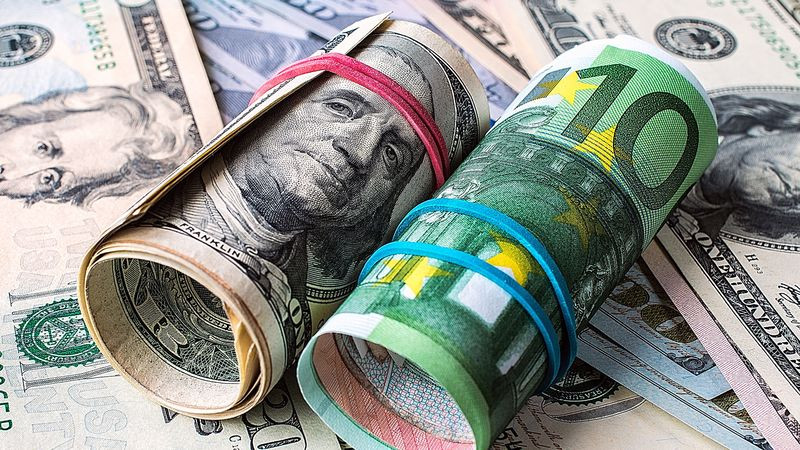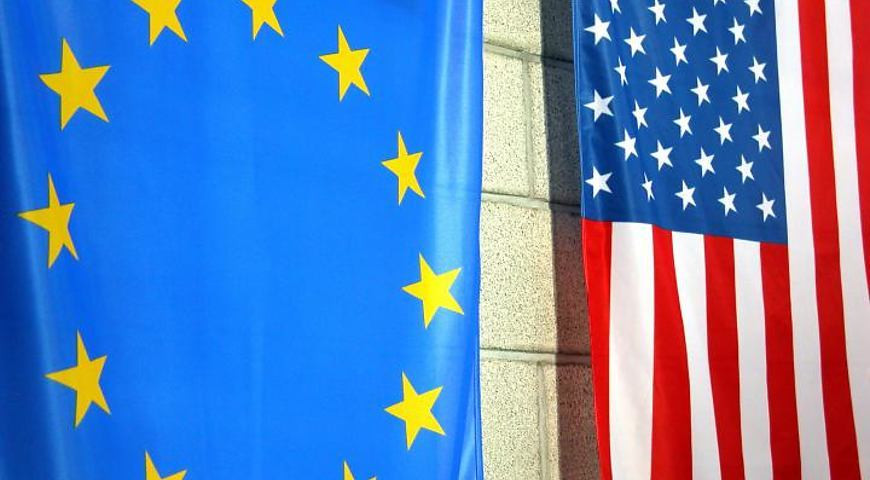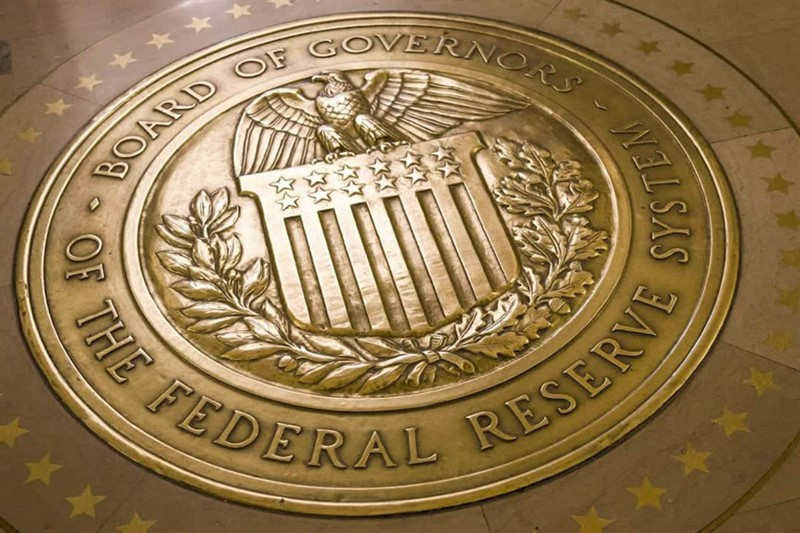
Over the past month, the US currency has gained almost 2% in weight. This was largely facilitated by expectations that the Federal Reserve would be forced to act earlier and more aggressively to cancel the pandemic-era stimulus.
Last week, the USD index reached its highest level since the end of September 2020 in the area of 94.50 points, but then took a pause in growth.
Apparently, investors decided to wait before making large bets in US dollars and wait for the release of the key report on American employment, which should determine the Fed's next step in the field of monetary policy.
A modest pullback of USD on Friday led to some closure of short positions in the EUR/USD pair.
The greenback retreated even further from multi-month highs on Monday, sinking below 93.70 points.
Taking advantage of the dollar's weakness, the euro continued its rebound from 14-month lows at $1.1560 to levels above $1.1600.
The single currency strengthened against the greenback for the second day in a row, restoring lost positions after falling by about 2.5% in September.
The report published the day before on both sides of the Atlantic did little to entertain investors.

In Europe, the Sentix consumer confidence index in October fell more than expected, to 16.9 points from 19.6 points recorded in the previous month.
In the US, the volume of industrial orders in August rose better than expected, rising by 1.2% on a monthly basis after an increase of 0.7% in July.
The greenback was able to recoup some of its losses amid the fall of key US stock indexes, as investors rushed into US Treasury bonds, which showed an increase in yields.
Following the results of yesterday's trading, the Dow Jones fell by 0.94%, the S&P 500 fell by 1.3%, and the Nasdaq lost 2.14%.
The yield of US Treasury bonds, in turn, increased due to the lack of a solution to the problem of the debt ceiling in Congress and on the eve of the release of September reports on the national labor market, which may become another argument in favor of reducing the volume of asset purchases by the Fed.
US President Joe Biden said on Monday that he could not guarantee that the federal government would not reach the limit on government borrowing if Republicans, along with Democrats, did not vote to increase it in the next two weeks.
Last month, Fed Chairman Jerome Powell said that the central bank is likely to announce the beginning of the reduction of its QE program at the next meeting.
The main question now is whether the September report on US employment will show the number of new jobs that will change the Fed's opinion about reducing bond purchases in November, and which number should be considered weak and which excellent.

"Will the Fed react negatively if the data reflect employment growth by 300,000? Most likely not, because the momentum for tapering QE is already very high," Jefferies analysts said.
"However, if we had seen something more extreme, for example, an extremely negative employment report, then we could have had a different story, and the Fed might have had to at least pause," they added.
In this scenario, the greenback risks being sold off, and the growth of the EUR/USD pair looks almost inevitable, but it is likely to be short-term.
The dollar is only partially priced in line with the Fed's expected tightening program, Westpac strategists say.
According to them, any drop in the USD index should be limited to the area of 93.25-93.50.
Citigroup analysts expect a greater increase in the US currency and a further weakening of the EUR/USD pair under the influence of three factors.
"We take a slightly bearish position on EUR/USD, focusing on factors such as the US–EU real yield spread, concern about the prospects of the Chinese economy and the negative impact on trade from high gas and oil prices," they said.
According to Morgan Stanley analysts, an increase in the cost of gas in Europe should raise the value of the dollar as a safe haven currency, and the impact of a price shock on economic activity in the region reduces the likelihood of tightening the ECB's monetary policy.
Although the European Central Bank has outlined plans to limit its pandemic-era emergency stimulus measures, most investors do not expect significant changes in its policy in the near future, unlike the Fed.
"Markets are still nervous about the risk of a further slowdown in global economic growth and are concerned that a jump in energy prices around the world will hit consumers and businesses, and also raises concerns about inflation," Mitsubishi UFJ Financial Group analysts said.
Even Powell, who constantly claims about the temporary nature of increased price pressure, admitted last week that inflation turned out to be stronger and longer than he expected.

Data on the US consumer price index for September will be released next week. If the rate of price growth creeps up again, investors will expect the Fed to tighten monetary policy earlier, which will lead to a new round of decline in the EUR/USD pair.
On Tuesday, it surrendered some of the positions gained during the growth to 1.1640 on Monday.
Meanwhile, the dollar met bulls on the decline and returned to the area of 94.00.
In the event of strengthening the bullish momentum, the USD index may retest the highs of 2021 near 94.50. Next, the focus will be on the peak of September 2020 in the area of 94.75.
"The dollar recovered overnight. This suggests that investors are still avoiding risk and continue to prefer safe haven assets," UniCredit strategists noted.
The greenback continues to benefit from concerns about the growth of the global economy and an increase in the yield of 10-year US bonds, which again rose above 1.50% on Tuesday.
The headwind for the euro is the fact that Europe is struggling with a sharp rise in prices for both natural gas and oil.
The price of a barrel of WTI black gold has already reached $79, the highest level since 2014.
At the same time, the prices of natural gas in the eurozone have broken another historical record, jumping to $1,427 per thousand cubic meters.
Investors fear that higher energy prices could slow the region's economic recovery after the pandemic.
If we add here the uncertainty regarding the situation with the US government debt ceiling, which is only two weeks away from the expected default, and the stalling of negotiations on the formation of the ruling coalition in Germany, then in the end we will get additional reasons for the decline in the EUR/USD pair.
In the event of a breakthrough of the 1.1565-1.1560 area, the pair could become vulnerable and accelerate the decline even further in order to overcome the psychologically important 1.1500 mark.
On the other hand, further gains may face strong resistance in the 1.1665-1.1670 region on the way to 1.1700. A decisive breakthrough of the last level will signal the formation of a short-term low.





















